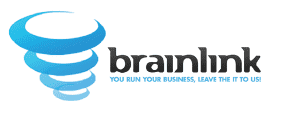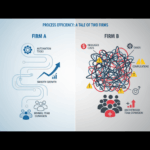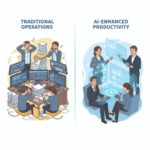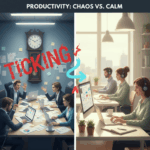NYC Construction Labor Costs: The Hidden Hurdle No One Can Ignore in 2025
A pivotal 2025 analysis from the Commercial Observer highlights an uncomfortable truth for New York City builders: high wages are only part of the story. The real price of building in NYC stems from compliance, logistics, inspections, and delays that compound into persistent cost pressures. Source: https://commercialobserver.com/2025/07/new-york-city-construction-labor-costs-2025/
Why NYC is different
– Wages: just the start. Prevailing wage rules, specialized licensing, and strict safety requirements drive significant administrative overhead.
– The complexity tax: dense neighborhoods, tight delivery windows, sidewalk sheds, and multi-agency coordination (DOB, FDNY, Landmarks) add time and labor to non-building tasks.
– The cost of waiting: mandatory safety meetings, inspection shutdowns, and paperwork create idle time that quickly inflates budgets.
– Government as cost driver: Local Law 196 (safety training) and Local Law 97 (energy compliance) introduce recurring training, admin, and compliance costs.
Why 2025 made it tougher
Post-pandemic activity rebounded, but so did bureaucracy. Permit backlogs persist, union pressures remain, insurance premiums stay elevated, and inflation plus supply chain friction continue to squeeze projects. In NYC, the cost of entry rarely goes down—only up.
What this means for Sage 300 CRE users
Controlling labor is about more than payroll; it requires end-to-end cost visibility. The most expensive NYC-specific line items often slip through the cracks if they aren’t captured and forecast in your system.
Hidden costs to track explicitly in Sage 300 CRE
– Change orders tied to permitting delays
– Standby labor from unplanned safety shutdowns or inspections
– Extra project management hours for compliance tracking
– Administrative load for training records, insurance certificates, and reporting
How leading NYC contractors are protecting margins
– Real-time labor tracking: capture every non-billable hour and code wait time precisely
– Compliance automation: use document/workflow tools for training, OSHA, and insurance renewals
– Permitting forecasts: bid with buffer time and reflect both work and wait in job cost codes
– Scenario modeling: prepare for regulatory slowdowns and sudden labor rate changes
Frank’s take: master the maze, don’t fight it
You can’t wish away New York’s constraints, but you can outmaneuver them. The best-run firms aren’t the cheapest per hour—they are the best at mastering compliance, tracking every cost, and leveraging Sage 300 CRE to stay ahead of interruptions.
Your next step
Map your hidden labor costs—compliance, regulatory, and downtime—and align Sage 300 CRE to capture them before they erode margins. Want a quick, NYC-focused review of how peers are configuring Sage to tame hidden costs and keep projects profitable? Let’s connect.
Reference
Sure, NYC Construction Labor Is Expensive. But That’s Only Half of It. Commercial Observer: https://commercialobserver.com/2025/07/new-york-city-construction-labor-costs-2025/











